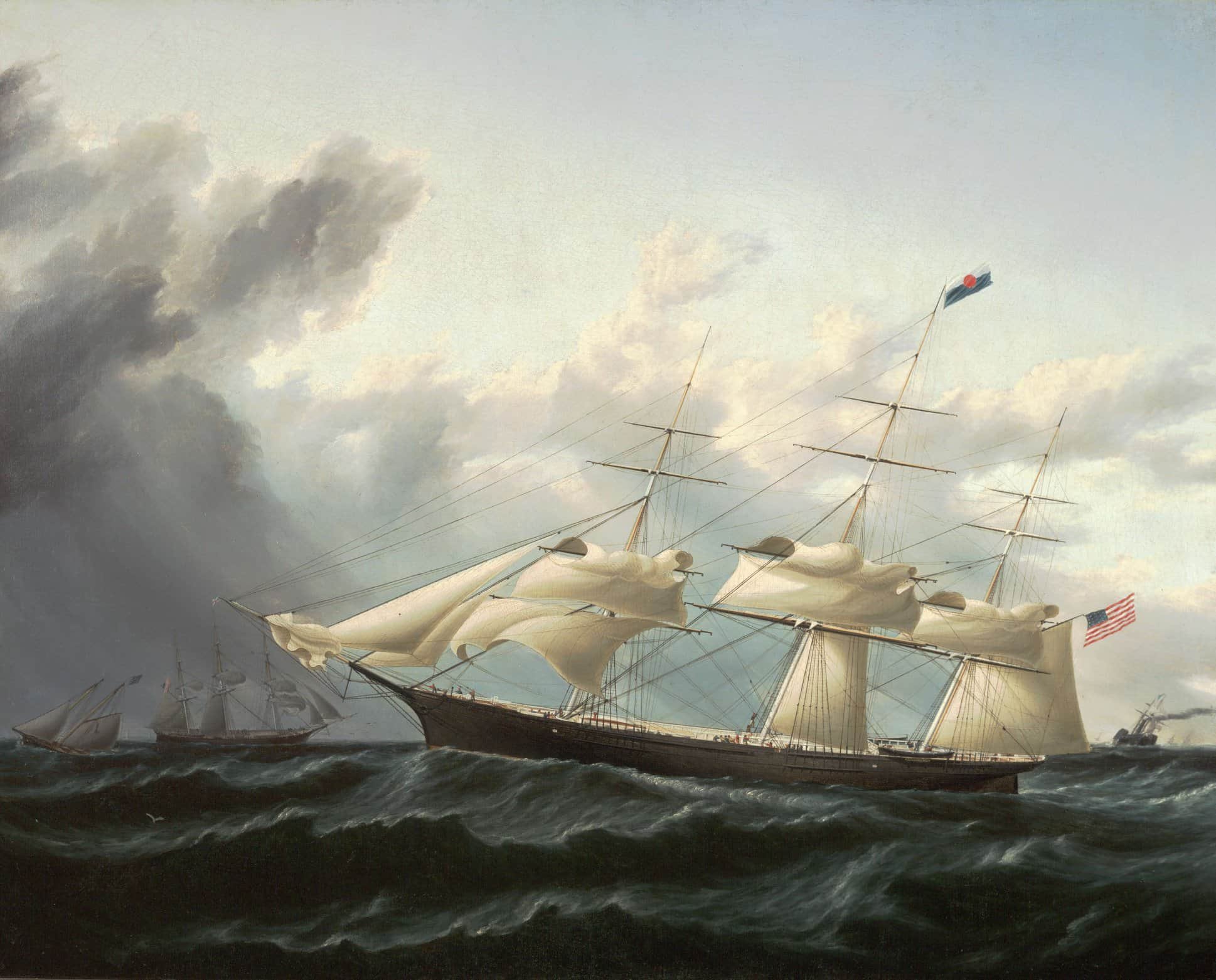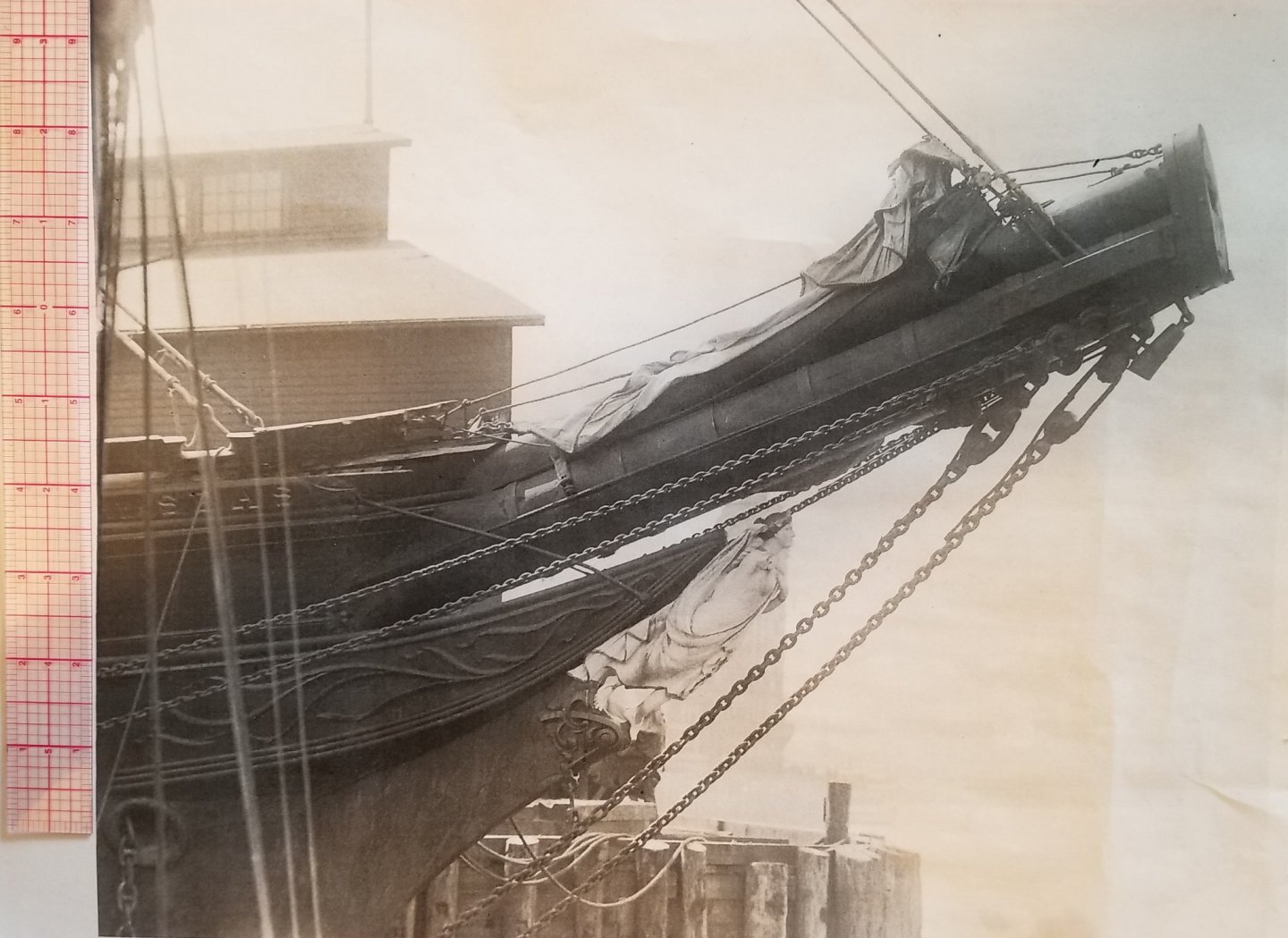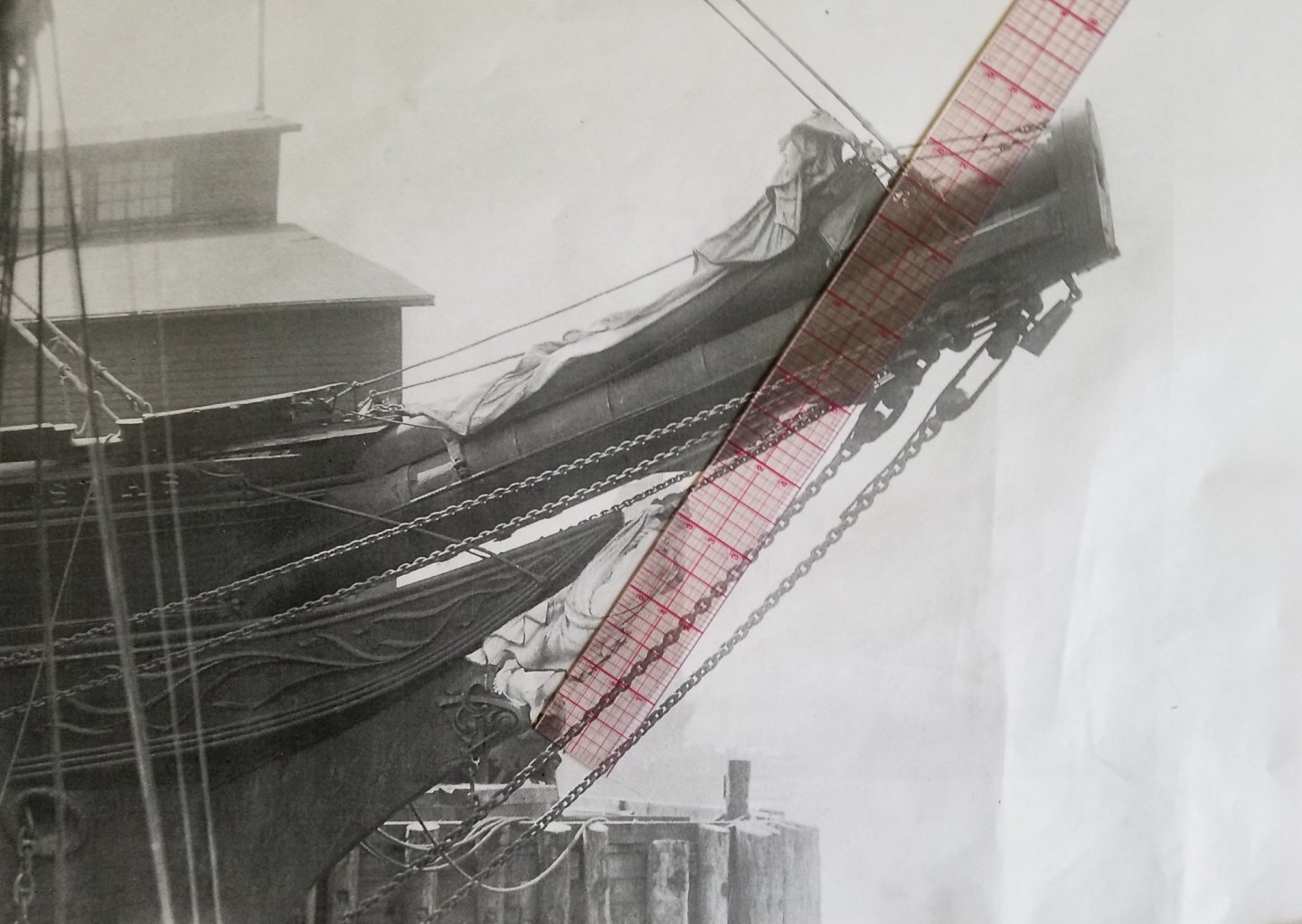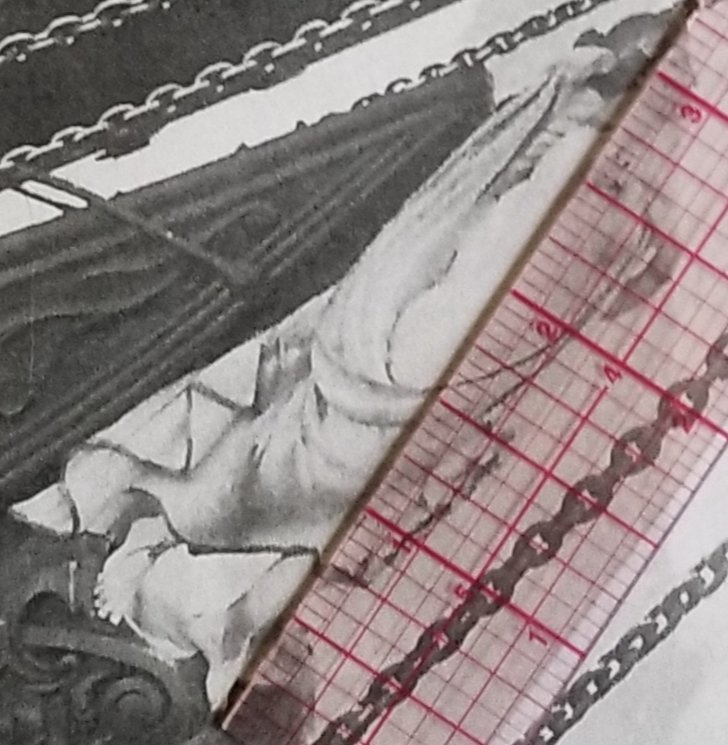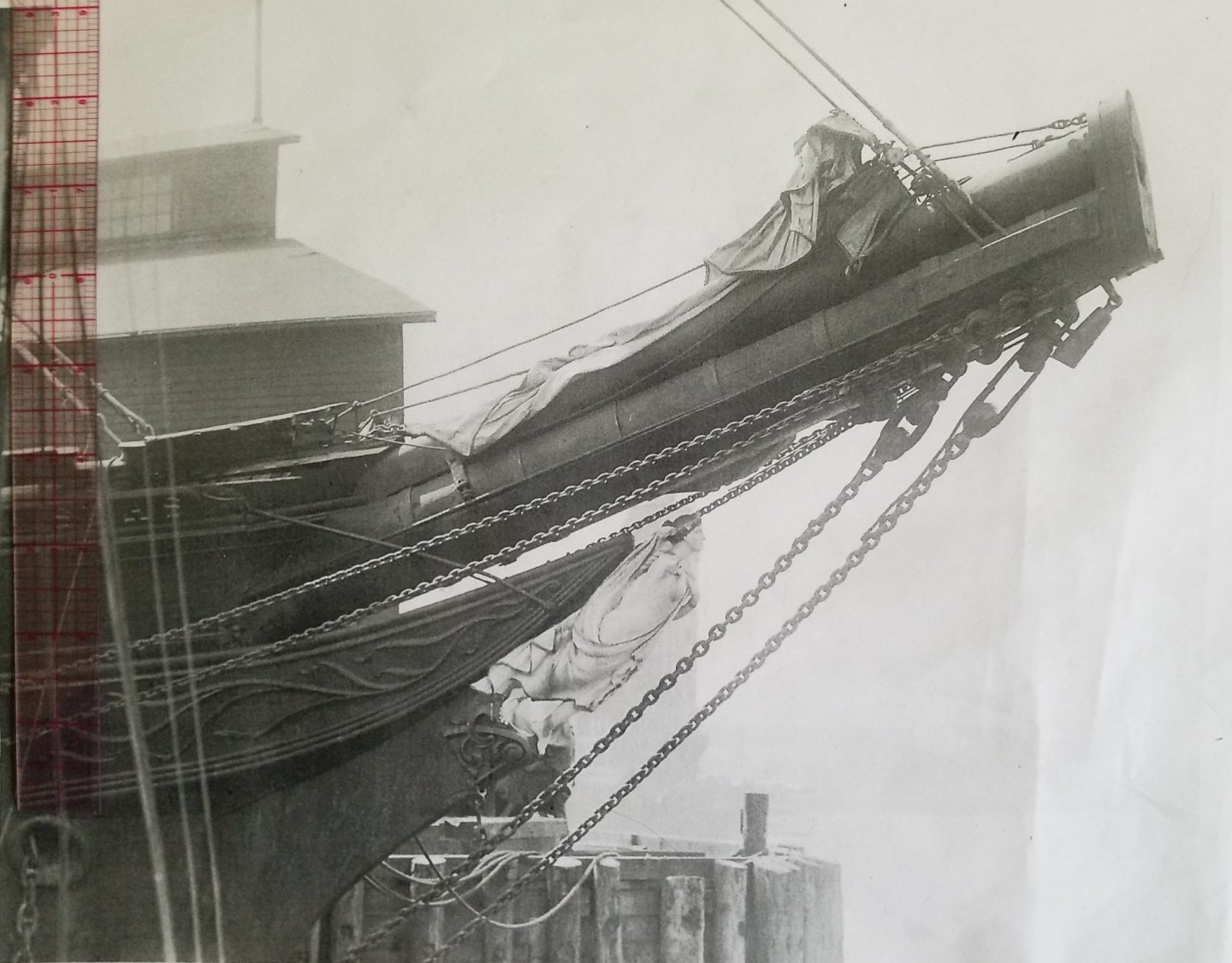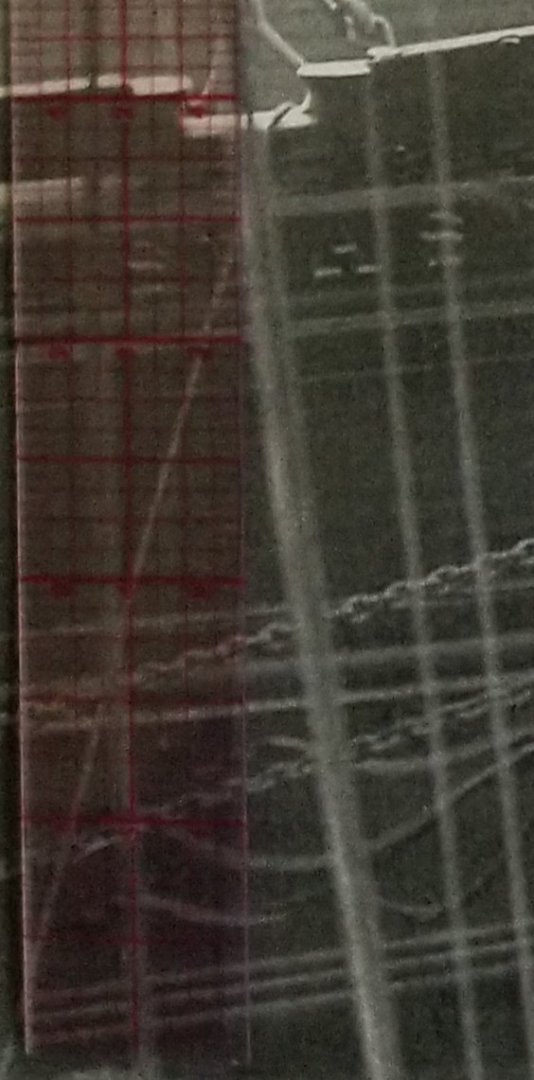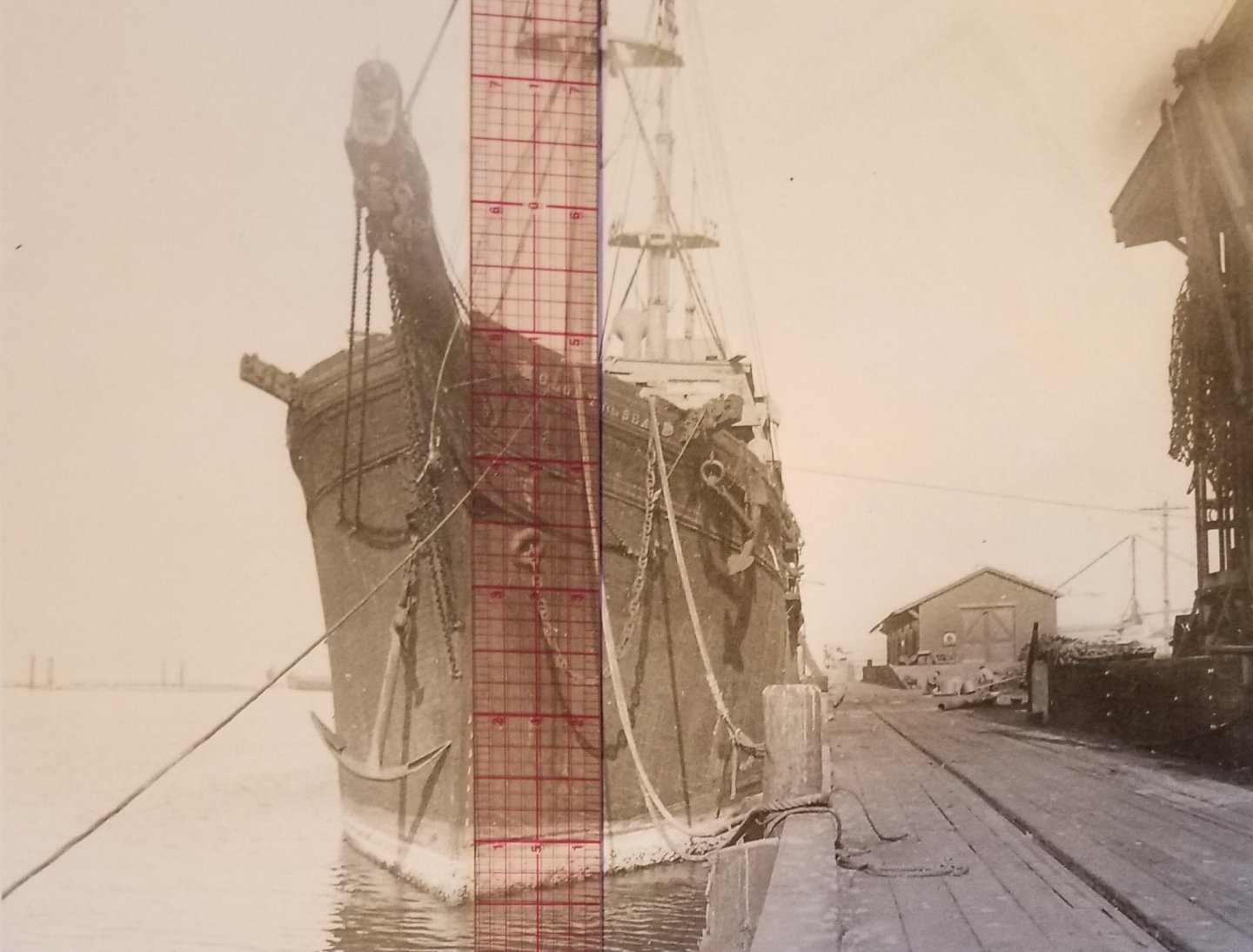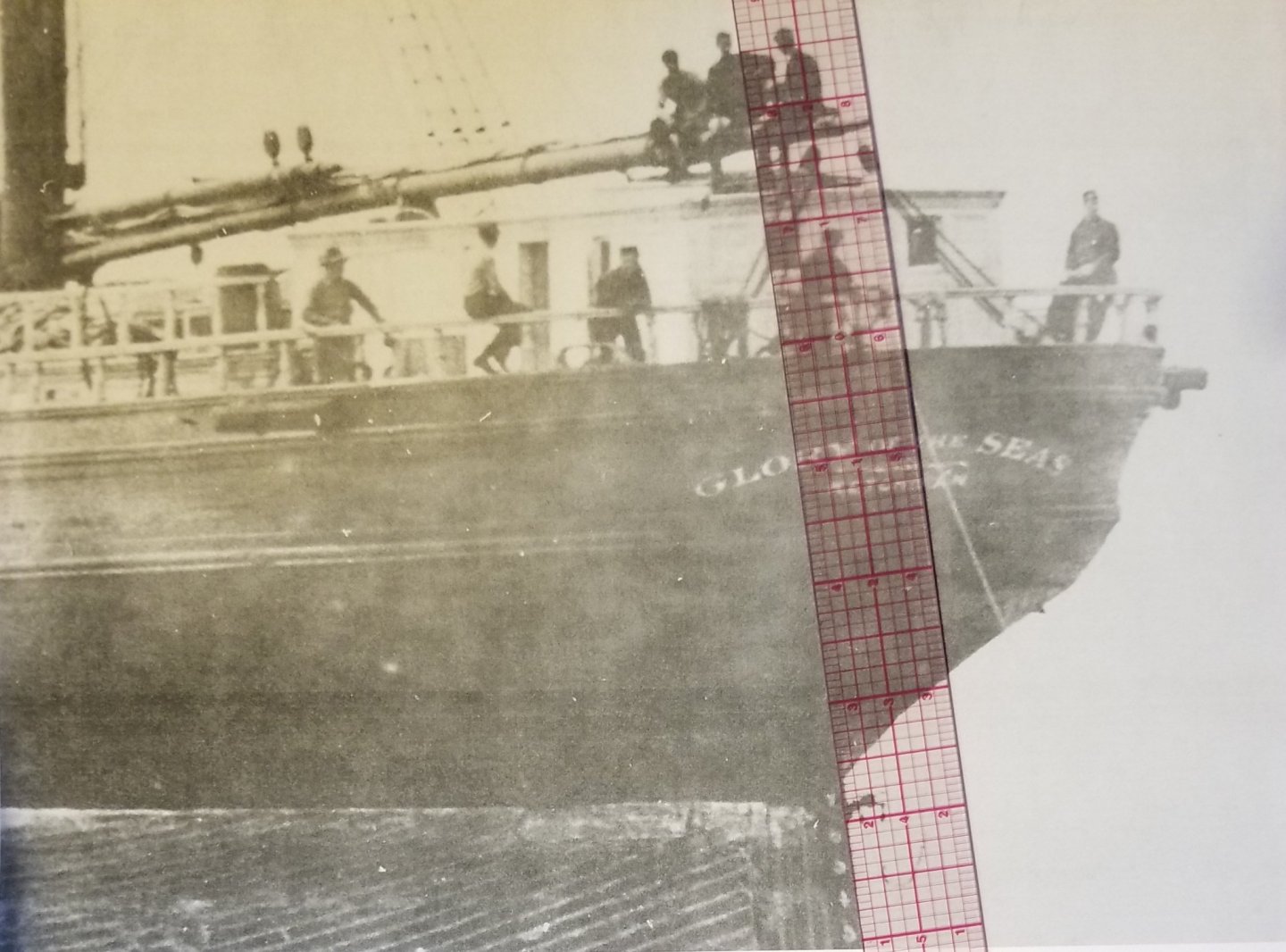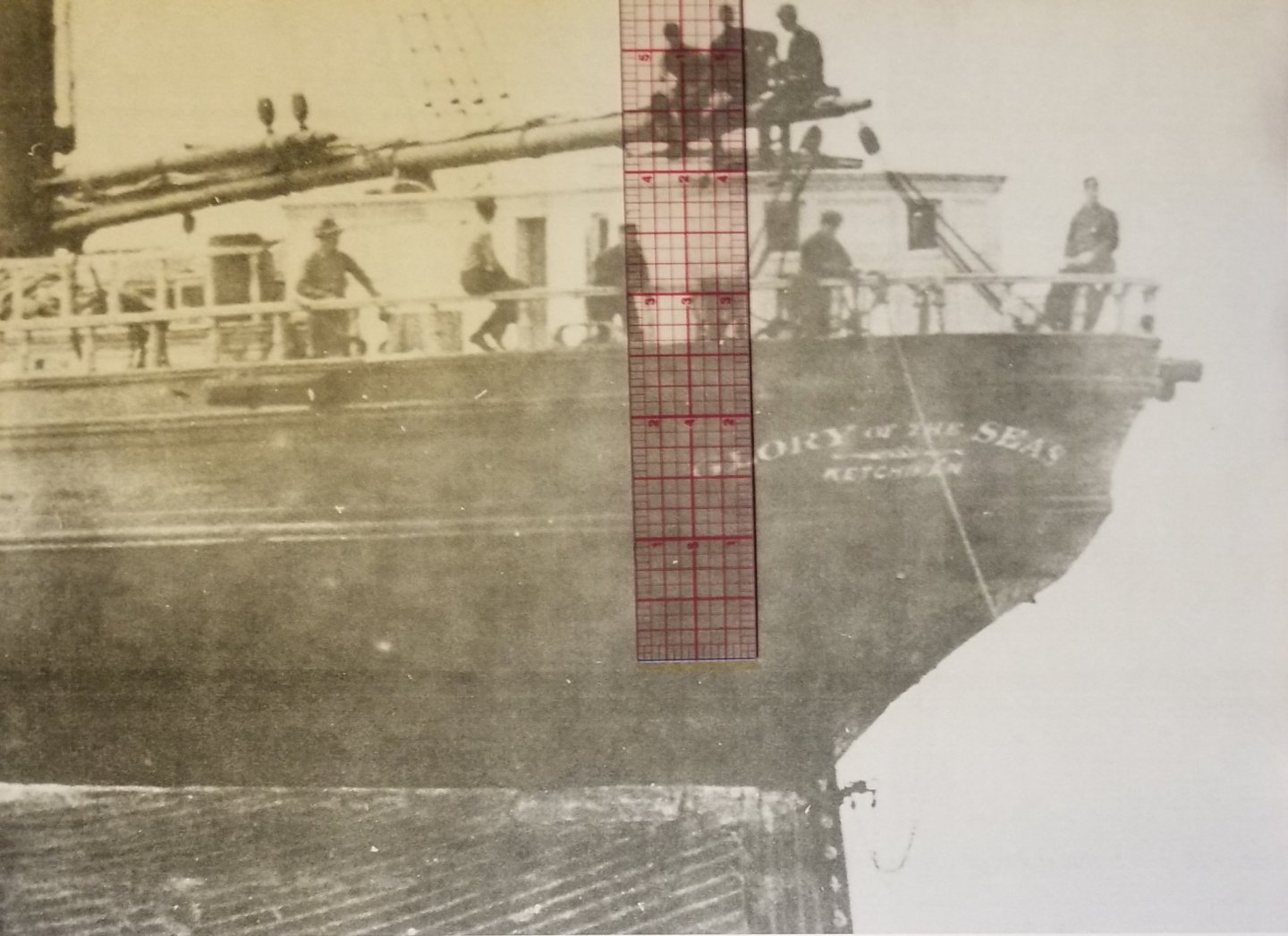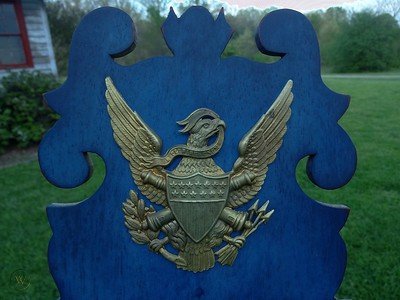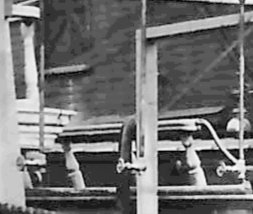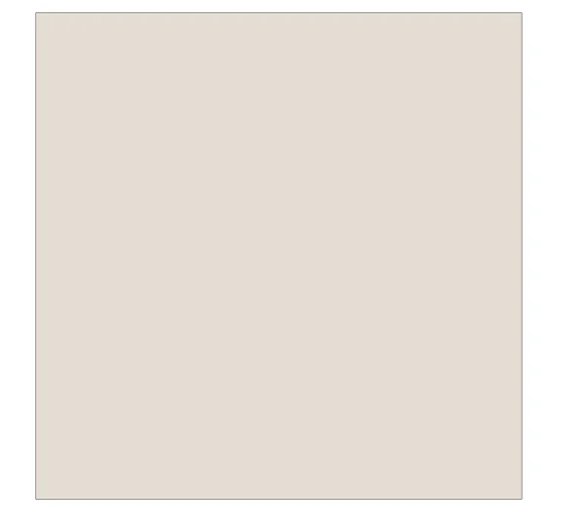-
Posts
2,152 -
Joined
-
Last visited
Content Type
Profiles
Forums
Gallery
Events
Everything posted by ClipperFan
-
Rob, The day our package arrives, I will send yours out by 2 day usps tracked mail.
- 3,560 replies
-
- clipper
- hull model
-
(and 2 more)
Tagged with:
-
Rob, furthering our evaluations, a 60" internal mainrail bulkhead would actually be 4' 8 & 1/2", topped by 18" monkeyrail results in 6' 2 & 1/2" with an external bulkhead dimension of 4' topped by the 18" external monkeyrail.
- 3,560 replies
-
- clipper
- hull model
-
(and 2 more)
Tagged with:
-
Rob, whew. That's a relief. It will probably satisfy Mike too since he was referring to MacLean's reference of Glory's bulwarks being "about" 6'. I think 6' 2 & 1/2" meets that criterion nicely.
- 3,560 replies
-
- clipper
- hull model
-
(and 2 more)
Tagged with:
-
Rob, I think I follow. A technicality is that while two lower deck waterways were 16", the upper deck waterway was 12". Based on your description, the difference would be 8.5" instead of 12.5" (12" - 3.5" deck height is 8.5"). That would mean a 60" internal bulkhead height would be 51.5" or 4' 3.5" externally. Based on the measurements taken from her broadside photo it looked like 3' 8.5" maybe 4' at most, measuring from lowest molding to upper molding. Adding 8.5" to that would result in 4' 8.5" if we add back in the 3.5" deck gets us back to 5'. So it looks like an internal bulwark height of 5' was not counting the 3.5" thick deck height. Adding 18" to 56.5" gives us 74.5" or 6' 2 & 1/2". Does that now sound about right?
- 3,560 replies
-
- clipper
- hull model
-
(and 2 more)
Tagged with:
-
Rob, Vladimir, Rick the closest exterior measurement I can get for Glory's bulkheads was 3' 8 & 1/2". IF that's accurate and that's a big if, that would lower her mainrail bulkhead height from an even 5' to 4'8 & 1/2" with a monkeyrail height of 18" that would end up with a total height of 6'2 & 1/2". With a lesser monkeyrail height of 16" it would be 6' & 1/2". Personally my inclination is to believe that McKay wouldn't make his mainrail bulkhead that low so I'm still more inclined to believe in a 5' interior bulwark topped by an 18" monkeyrail for total height of 6'6". I'm seriously beginning to think this could also be trying too hard. I'm curious as to your thoughts.
- 3,560 replies
-
- clipper
- hull model
-
(and 2 more)
Tagged with:
-
Rick, that's helpful information to know. It means that instead of subtracting 15 & 1/2" from exterior bulkhead height (having 3 & 1/2" added for deck height) in reality we should only be reducing it by a foot instead.
- 3,560 replies
-
- clipper
- hull model
-
(and 2 more)
Tagged with:
-
Rob, I'm in complete agreement. Probably what led to the Extreme distinction more than anything else was the sharpness at half floor. In fact, I've read how some historians consider McKay's first Clipper "Stag Hound" his only truly extreme Clipper mainly due to her incredible 40" deadrise at half floor. No subsequent McKay vessel ever had such an extreme dead rise. McKay's second Extreme Clipper "Flying Cloud" already lowered that extreme deadrise by 25% to 30". Still she twice set an unbeatable record of 89 days from New York to San Francisco for a sail powered merchant vessel (other extreme racing yachts finally bested "Flying Cloud's" times but they weren't designed to carry cargo and it took over a Centurty to do so). McKay's third Clipper Packet "Staffordshire" and fourth Extreme Clipper "Flying Fish" as well as "Sovereign of the Seas" even the massive "Great Republic" and "Westward Ho!" all had a 20" dead rise at half floor, fully half that of "Stag Hound." Meanwhile "Champion of the Seas" further dropped dead rise at half floor to 18" continuing McKay's gradual lowering of his Hull profiles. Most likely what prompted McKay to further flatten his dead rise at half floor was lessening in demand of California for materials to be delivered as quickly as possible, resulting in a drop in costs of goods. Considering that "Glory of the Seas" had roughly an 8" dead rise at half floor, this to me is the main reason she's logically considered a Medium Clipper. Still she has the distinction of being the last Clipper to traverse from New York to San Francisco in under 100 days and holds the record of 35 days from China to Australia. Not too shabby for a "Medium" Clipper.
- 3,560 replies
-
- clipper
- hull model
-
(and 2 more)
Tagged with:
-
Vladimir, What I'm driving at again, is that contrary to images which give us a sense that "Glory of the Seas" had a more conservative verticle bow, the few reliable broadside pictures we do have contradict that false assumption. Much like the erroneous conclusion that her quarterdeck profile was more blunt, when you look at her profile it's actually sharper than first suspected. This is why the ratio comparisons I did now make more sense. While Glory had the identical keel to deck profile as "Stag Hound" and "Flying Fish" her keel to overall length was actually 2' longer than McKay's first Extreme Clipper and 3' further forward than "Flying Fish" also considered an Extreme Clipper. I strongly suspect that the primary reason she was considered a Medium Clipoer has to do with her virtually flat floor. Otherwise in every other metric she more strongly resembles a true Clipper.
- 3,560 replies
-
- clipper
- hull model
-
(and 2 more)
Tagged with:
-
Rob, Vlad, Taking a closer look at the tip of her bow to where her monkeyrail terminates, it appears to be more forward than we previously estimated. Coincidentally the line of Seattle Grain Co Warehouse behind aligns almost perfectly with this sharp joint. Following it down, there's a small space between Glory's bowsprit and her naval hood where the line of that building continues. Visually, to determine where this projecting line meets at her cutwater, there are some curving lines which almost exactly meet that juncture. I encourage anyone planning to build a model of her to reassess this aspect, since this near perfect broadside in such great clarity sheds new light on this important facet of her beautiful bow.
- 3,560 replies
-
- clipper
- hull model
-
(and 2 more)
Tagged with:
-
Rob, You're sincerely welcome. I only regret that your bulkheads are taking a slight detour of Connecticut first...
- 3,560 replies
-
- clipper
- hull model
-
(and 2 more)
Tagged with:
-
Rob, I wanted this to be a complete surprise but somehow my communication with Vlad got garbled. As a way of expressing my appreciation for your generosity in giving me Michael Mjelde's autographed book, I paid for your bulkheads. Since Vlad apparently has sent both parcels to me, I will make sure to get yours out to you as soon as I receive them. Unfortunately, I'm going to undergo surgery in early June. If I can't personally send your bulkheads, I will make sure my wife does. My apologies for this confusion and extra delay to your project.
- 3,560 replies
-
- clipper
- hull model
-
(and 2 more)
Tagged with:
-
As promised, here's my further research on the most accurate dimensions for Glory's exterior hull. Using the previous 7/16ths" = 1' determined by the Goddess 'Athene' figurehead, here are my results. In this particular image, since the ruler isn't exactly right next to the base of her naval hood, the count is either 24 or 25/16ths, which translates as 3'3" to 3'6". Since Rob previously determined the dimension to be 3'6" and another bow image confirms that, I tend to agree with his result. As for the controversial main rail height, it's a bigger challenge to calculate this as accurately due to the damaged monkeyrail impeding into it. However, counting from the lower sheerail molding (the identical one which is the lower molding of the upper naval hood, as they overlap) and not including the top molding below the monkeyrail, since it butts up to her name board, I get 26/16ths" (1 & 5/8s") which translates as 3' 8 & 1/2". Reexamining the "around" 6' internal bulkhead height of Duncan MacLean, it's impossible to have that with an exterior of nearly 4'. With her exterior moldings mounted to the top of 1' waterways, resting on 3 & 1/2" decks, it subtracts 15 & 1/2" from internal bulkhead height. That means at minimum, assuming a 16" monkeyrail height, her interior bulkhead height would have to be 6'4" with 18" monkeyrail that of necessity increases bulkhead height to 6'6". I'm sending the same information to Mike for his critique as well.
- 3,560 replies
-
- clipper
- hull model
-
(and 2 more)
Tagged with:
-
Rob, this pic, which really saddens me, really appears to support at least a 6'4" if not 6'6" high bulkhead from the deck. Clearly men standing wouldn't be able to see above these bulkheads. It's a damn shame how McKay's last Clipper was so shabbily treated. Cutting such a long gap in her hull shows such disrespect. Meanwhile, her hull also displays serious hogging too. From a modeler's viewpoint, we can also easily see the difference in height of exterior molding compared to interior deck bulkhead height, proving Rob's observation that those moldings are indeed mounted on the waterways.
- 3,560 replies
-
- clipper
- hull model
-
(and 2 more)
Tagged with:
-
Rob, Vladimir, When I replied to Mike's latest encouraging reply to my review of Glory's draft marks, I recognized some simple arithmetic mistakes in my prior post, most likely due to being tired. Correct numbers get even more dramatic in support of a 6'4" to 6'6" inner bulkhead height. Here's why. A 38 & 1/2" result is 3' 2 & 1/2" not 3' 8 & 1/2" as I mistakenly posted. That would result in an outer main rail height smaller than Glory's naval hoods. Every photo clearly shows the opposite is correct. In my message to Mike, I actually used the smallest 16" monkeyrail height found on a McKay Clipper. That would result in 40 & 1/2" or 3' 4 & 1/2" still smaller than her naval hood height. So I told Mike in order for that to be accurate, Rob's 3'6" calculation of the naval hood height would have had to be incorrect. However, when a ruler was laid on the photo and those measurements reviewed, Rob's numbers were confirmed precisely. Not only that, a 44 & 1/2" main rail height was also confirmed. That means her exterior bulkhead still appears to be 3' 8 & 1/2". In order for that to be the case, a minimum height of 6'4" for internal bulwark height has to also be true. That's if her monkeyrail height is 16" not 18". It's more of a challenge to calculate that, due to severe damage to that area of her bow. In conclusion, I'm unconcerned with one height or another, as long as we get it right.
- 3,560 replies
-
- clipper
- hull model
-
(and 2 more)
Tagged with:
-
Rob, to keep these different dimensions clear and separate, I now refer to internal bulkhead and opposite external measurements. Here's my challenge with a 6' maximum internal bulkhead height from deck to monkeyrail molding. Since most but not all of McKay's monkeyrail heights were 18" that of necessity has to be subtracted from a total height of 72" resulting in 54" height for the main rail or 4'6". Where it becomes difficult is for the external measurement. Since the lower molding is mounted to the 1' waterways which in turn rest on 3 & 1/2" thick decks, we have to subtract 15 & 1/2" from that, resulting in an exterior dimension of 38 1/2" (3'8" just barely taller than the 3'6" naval hoods at the bow). There's an instance where McKay used a 16" monkeyrail, which would then make that height 3'10". I'm not including the quarterdeck cap rail, which is only seen at the bow and terminates a short distance before the foremast. It's hard to see, since the picture is so dark but the resulting measurement from the lowest molding to upper molding below her monkeyrail confirmed a distance of 3' 8 & 1/2". I'll try to get a lighter picture tomorrow.
- 3,560 replies
-
- clipper
- hull model
-
(and 2 more)
Tagged with:
-
Rob & Vladimir, In his most recent email, Michael Mjelde reminded me that on page 235 of his book, the last sentence reads that Duncan MacLean said Glory's bulkheads were about 6' from the deck. My reply was that it was my impression that the word "about" left the bulwark height open to some interpretation. I told him I would reexamine the photo of her 90" figurehead and use it to compare to other components in that image. The clear ruler I used, laid over a 14" × 17" ledger enlargement gave a result of 3 & 1/4" for total height of the Goddess 'Athene' figurehead, from base of her extended left toe to tip of her diminutive crown. 7/16ths" = 1' at least as best as I can calculate. Using that measurement, I confirmed Rob's calculation that her Naval Hood at the widest is indeed 3'6". I then calculated her outer Main Rail Bulkhead height, which came in at 3' 8 1/2". While it's clearly damaged, measuring from the lowest (Sheer Rail?) Molding to the tip of the Quarterdeck Cap Rail resulted in exactly 6'. I've attached the images I shared with Mike. Without attempting to be too contradictory, I shared all of my research with Mike, including precise measurements. By the way, in more than one occasion, usually in regards to combined Keel backbone depth, I've totalled all precise dimensions he's given and they don't match his own estimates. I will let you know Mike's reaction when I get it.
- 3,560 replies
-
- clipper
- hull model
-
(and 2 more)
Tagged with:
-
Rob & Vladimir, In his latest email to us, Michael Mjelde reminded us that draft marks on Glory's bow and stern would settle her accurate bulwark dimensions. I laid a ruler as close as possible to those markers to do some comparisons. The stern appears to end up with 1 & 1/4s" = 4'. If Rob & my calculations are right, the outer depth of the main deck bulwark should be 3' 8 & 1/2" (5' internally with 15 & 1/2" offset due to the exterior moldings being mounted to 1' high waterways resting on 3 & 1/2" thick decks.) As the ruler appears to show, the dimensions almost match. Since the stern is closer to the camera then the location of the rudder, this measurement appears to be confirmed. Meanwhile I counted 1" = 7' on the reading of the bow. Rob said the end of Naval Hood is 3' 6" high. While I don't have a photo yet, it measures 6" on the ruler, confirming Rob's dimension precisely. It's beginning to look that we can be very confident that Glory had a 5' main bulwark height surmounted by an 18" monkeyrail, bringing her internal height to 6' 6" with an external dimension of 3' 8 & 1/2" topped by an 18" monkeyrail, for 5' 2 & 1/2". At the bow there's a 1' quarterdeck cap rail too.
- 3,560 replies
-
- clipper
- hull model
-
(and 2 more)
Tagged with:
-
Rick, I appreciate your clearing that up for me. I never quite understood how those devices interacted and now I do, thanks to you and the excellent work of Mr Crothers. Now I need to review MacLean's description to see if he mentioned the dimension of the clamp.
- 3,560 replies
-
- clipper
- hull model
-
(and 2 more)
Tagged with:
-
Rick, Beautiful painting. Thanks for sharing this with us. I have a question. Which component is the ship's clamp? I'm familiar with the description but not its location. It looks that this Artist pays particular attention to details. It appears that the stanchions are natural wood while the rail itself is painted white. Fascinating image.
- 3,560 replies
-
- clipper
- hull model
-
(and 2 more)
Tagged with:
-
Here's another shade of Pearl White with an authentic 1850s Chippendale Mirror painted in old style blue.
- 3,560 replies
-
- clipper
- hull model
-
(and 2 more)
Tagged with:
-
From Duncan MacLean's description of Clipper Lightning: "inside she is pearl color, relieved with white and her waterways are lead color." Since Lightning was built for the James Baines line of Australian Black Ball Clippers, it's likely this may have been specified by him. Flying Fish on the other hand was described more typically: "she is sheathed with yellow metal up to 18 1/2 feet forward and to 19 feet aft; above that she is black outside-a color peculiar to clippers and the clergy." (you kind of get the feeling MacLean was getting bored with black hulls) "Inside her bulwarks, etc are painted pearl color and the waterways blue." Sovereign of the Seas has only the briefest of descriptions: "Inside she is paInted buff-color, and looks well about the decks." There's no mention of a different color for the waterways or anything being relieved by white. However, his description of the Clipper Westward Ho! is more detailed and from inference we can determine Sovereign was painted the same way: "She is sheathed with yellow metal up to 20 feet and is painted black above it. Inside she is buff color relieved with white and the waterways are blue."
- 3,560 replies
-
- clipper
- hull model
-
(and 2 more)
Tagged with:
-
Rob, that my friend is amazing! That looks practically identical to the ones on the ship herself. I edited and enhanced an area of Glory's main deck where you can see the section of her poop rail with the iron bar extension as well as the rear House upper turned rail. An odd feature I noticed, as seen in the upper left corner is that the curve of the house rail projects out, it doesn't rest on an end post like you normally expect it would. Finally, it's occurred to me that in order to keep a consistent height of the poop deck rail, the turned rails will most likely vary in length with the canted ones being slightly longer than more verticle posts, whether they cant inwards or outwards won't matter.
- 3,560 replies
-
- clipper
- hull model
-
(and 2 more)
Tagged with:
-
Rick & Rob, This is one sample of pearl I found: Sherwin-Williams SW-6028 Cultured Pearl in matte finish. It's challenging to find authentic 1860s colors. I know from reading many Duncan MacLean ship descriptions that he was particular about his descriptions of the paints they were finished in. If a color was gray, he would specify it. Pearl wasn't gray for sure. Rick's correct that most of McKay's waterways were blue. The only other shade I read about was gunmetal gray, which if I remember correctly was on the lower decks of Clipper "Lightning." Rick, to post images from my Samsung Galaxy S8, I save images in my Gallery, to upload, click on "add files" next to paper clip image below where you post, then choose "My Files" in your phone. That opens to "Categories" where you'll find "Images." Choosing that will bring you to your saved image albums. "Downloads" are pictures saved from the web and "Camera" are ones you took pictures of. The album you select will have open circles next to each image. Click the ones you want to share and a checkmark appears, click "Done" in lower center and you'll see "preview" back on this site. If satisfied "submit reply" will complete the process.
- 3,560 replies
-
- clipper
- hull model
-
(and 2 more)
Tagged with:
-
Rob, if I remember, I'll find one of the round toothpicks at are at most diner cashiers. They're also very thin but pure wood, more in keeping with a wooden replica. They're surprisingly durable too. By the way, this is in no way meant to make light of the spindles you've already done. They're amazing. It's just that the ones on Glory are still much thinner in comparison. By the way, Mike surprised me the other day. An article I dug up in The Marine Quarterly revealed a fact that he admitted he wasn't aware of. Charles Robert Patterson had actually seen "Glory of the Seas" in 1899 when she was hauling coal. Perhaps a more exciting development. Mike says he has a print of Glory in 1913 which was used for the coarkboard ad.
- 3,560 replies
-
- clipper
- hull model
-
(and 2 more)
Tagged with:
About us
Modelshipworld - Advancing Ship Modeling through Research
SSL Secured
Your security is important for us so this Website is SSL-Secured
NRG Mailing Address
Nautical Research Guild
237 South Lincoln Street
Westmont IL, 60559-1917
Model Ship World ® and the MSW logo are Registered Trademarks, and belong to the Nautical Research Guild (United States Patent and Trademark Office: No. 6,929,264 & No. 6,929,274, registered Dec. 20, 2022)
Helpful Links
About the NRG
If you enjoy building ship models that are historically accurate as well as beautiful, then The Nautical Research Guild (NRG) is just right for you.
The Guild is a non-profit educational organization whose mission is to “Advance Ship Modeling Through Research”. We provide support to our members in their efforts to raise the quality of their model ships.
The Nautical Research Guild has published our world-renowned quarterly magazine, The Nautical Research Journal, since 1955. The pages of the Journal are full of articles by accomplished ship modelers who show you how they create those exquisite details on their models, and by maritime historians who show you the correct details to build. The Journal is available in both print and digital editions. Go to the NRG web site (www.thenrg.org) to download a complimentary digital copy of the Journal. The NRG also publishes plan sets, books and compilations of back issues of the Journal and the former Ships in Scale and Model Ship Builder magazines.

